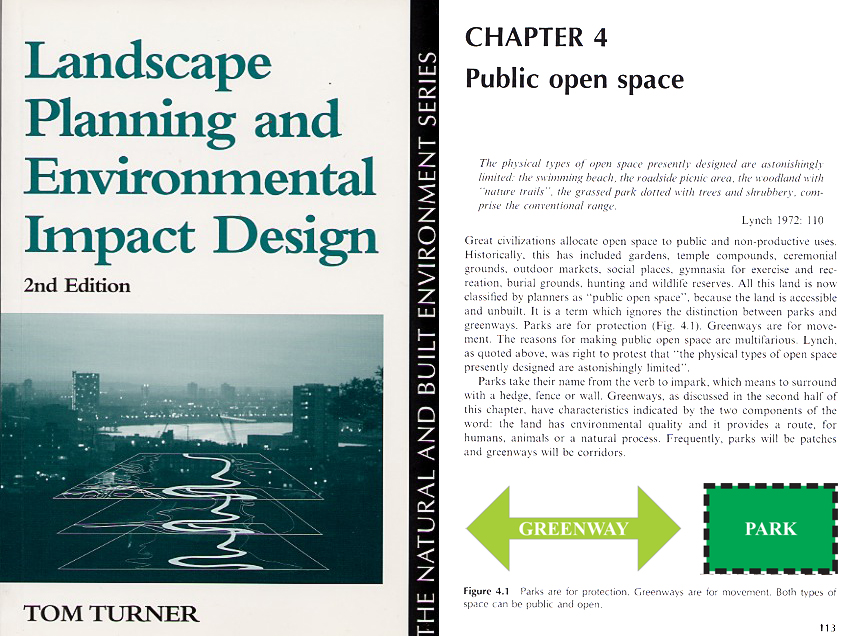Environmental impact design EID

I first came across the term Environmental Impact Assessment in 1974. Bill Gillespie had been part of a four-firm consortium which won a UNDP contract to produce a plan for the Suez Canal Zone. He sent me (with Paul Taylor) to work in Cairo and we used an EIA approach for the landscape volume of what became the Suez Canal Zone Regional Plan (SCZRP).
The experience was a ‘baptism by fire’ for me, because many famous planning consultants were involved, and I spent the next decade thinking about the relationship between landscape architecture and town planning. This led to a 1987 book which was re-published in 1998 with the title: Landscape planning and environmental impact design. I can’t say that that the concept of Environmental Impact Design has been widely used (though I was pleasantly surprised last week to find that you can now buy the book from Sainsburys!). I have not changed my mind about EID’s conceptual relevance.
The SAD (Survey->Analysis->Design) method is much better suited to Environmental Assessment (EA) than to ‘landscape design as an art’. For a project like the Loch Kishorn Oil Rig Yard, the necessary steps are:
- EIS Environmental Impact Survey/Environmental Impact Statement
- EIA Environmental Impact Analysis/Environmental Impact Assessment
- EID Environmental Impact Design
